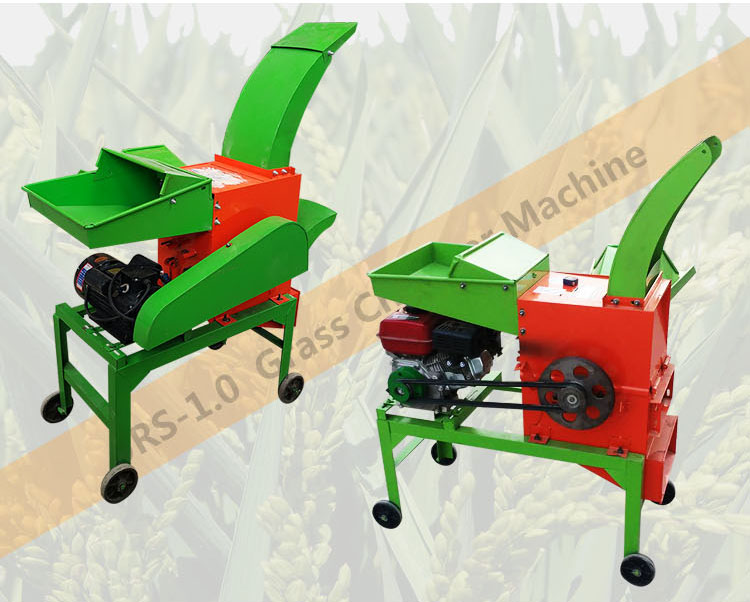Effective Techniques for Poultry Scalding Tank Optimization and Maintenance
ആഗ . 18, 2024 07:27 Back to list
Effective Techniques for Poultry Scalding Tank Optimization and Maintenance
Understanding Poultry Scalding Tanks Essential Equipment in Meat Processing
Poultry processing is a critical industry that involves several stages, each requiring specialized equipment. One of the most important pieces of equipment in the poultry processing line is the scalding tank. This article explores the significance of scalding tanks, how they operate, and the benefits they provide in ensuring food safety and quality.
What is a Scalding Tank?
A scalding tank is a large, heated water container used in the poultry processing industry to facilitate the removal of feathers from birds such as chickens, ducks, and turkeys. The process of scalding involves immersing the birds in hot water, typically at temperatures ranging from 140°F to 160°F (60°C to 71°C) for a brief period. The heat causes the feathers to loosen, making them easier to remove during subsequent plucking stages.
The Scalding Process
The scalding process begins immediately after the birds are slaughtered. They are conveyed into the scalding tank, where they are immersed in hot water. It is crucial to monitor the temperature and duration of immersion carefully, as these factors can significantly influence feather removal.
If the temperature is too low or the exposure time is too short, feathers may not loosen adequately, leading to inefficiencies during plucking. Conversely, excessive heat or prolonged immersion can damage the skin and meat quality, resulting in unsightly blemishes and reduced market value. Therefore, precise control of the scalding conditions is necessary to achieve optimal feather removal while maintaining the integrity of the poultry.
Importance of Scalding Tanks
poultry scalding tank

The primary purpose of a scalding tank is to enhance the efficiency of feather removal. However, the benefits of using scalding tanks extend beyond merely easing the plucking process. Some of the key advantages include
1. Food Safety Proper scalding helps to sanitize the feathers and skin of the bird by killing surface bacteria, reducing the risk of contamination. This is especially important in preventing foodborne illnesses, making it a critical step in the poultry processing workflow.
2. Quality of Meat The scalding process, when performed correctly, preserves the quality of the meat. A well-scalded bird will have smoother skin and better presentation, which is vital in the competitive poultry market.
3. Operational Efficiency Automating the scalding process with effectively designed tanks improves the overall efficiency of the processing line. Scalding tanks can accommodate multiple birds simultaneously, reducing the labor required for plucking and enabling faster processing times.
4. Energy Efficiency Modern scalding tanks are designed to be energy-efficient, helping processors minimize their energy costs while maintaining consistent heating temperatures essential for effective scalding.
Conclusion
In conclusion, poultry scalding tanks are indispensable in the poultry processing industry. They not only streamline the feather removal process but also play a vital role in ensuring food safety and maintaining the quality of the meat. As technology advances, we can expect further improvements in the design and efficiency of scalding tanks, reflecting the industry's commitment to sustainability and quality assurance. For processors aiming to remain competitive, investing in high-quality scalding equipment is an essential step towards achieving operational excellence in poultry processing.
-
High Performance Exhaust Fan – Efficient Ventilation Solutions for Home
NewsJun.10,2025
-
High-Quality Gestation Pen for Sows Durable Mobile Pig Pen & Simple Pig Pen Solutions
NewsJun.10,2025
-
High Quality Rabbit Cage Double Tier Designs & Welded Wire Mesh Supplier
NewsJun.10,2025
-
Floating Fish Feed Machine - High Efficiency Floating Fish Feed Extruder for Small Scale Production
NewsJun.10,2025
-
Premium Poultry Housing Solutions Mobile & Commercial Free Range Options
NewsJun.10,2025
-
Industrial FRP Fans Corrosion-Resistant Blades & Centrifugal Systems
NewsJun.09,2025






